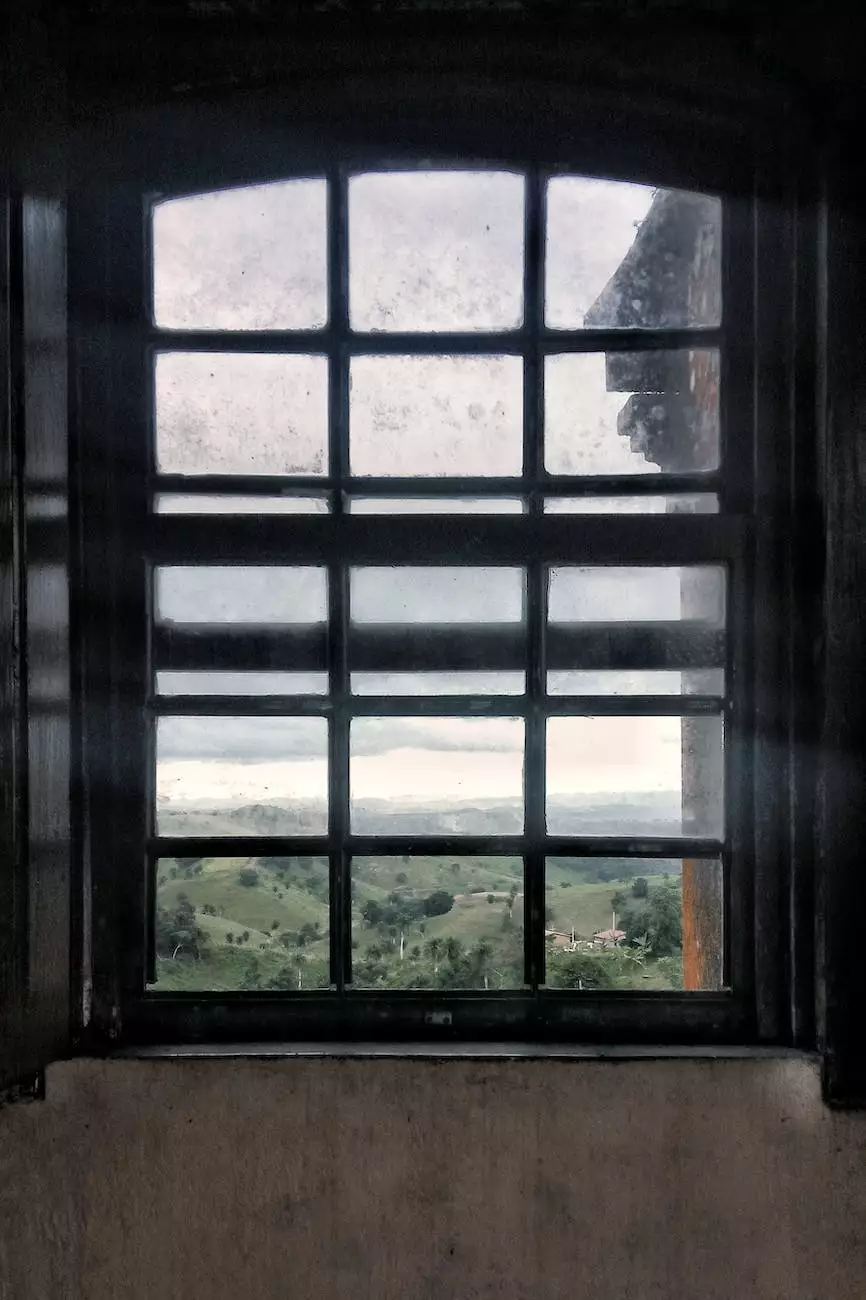Definition of the term Mud Cracks
Services Offered
Welcome to Nicholas Home Inspection & Consulting, your trusted partners in the business and consumer services industry, specifically specializing in consulting and analytical services. Today, we are here to provide you with a comprehensive understanding of the term "Mud Cracks."
What are Mud Cracks?
Mud cracks, also known as desiccation cracks, are a common geological feature that appears on mud or clay surfaces exposed to drying conditions. These cracks form when the clay soil loses moisture and undergoes shrinkage, resulting in the characteristic polygonal crack pattern resembling dried mud.
Mud cracks are not only fascinating natural phenomena but also hold significant importance in various fields, including geology, archeology, and civil engineering. Understanding the formation and characteristics of mud cracks can provide valuable insights into the environment's history and the properties of the soil.
Formation Process
The process of mud crack formation starts when wet clay or mud is exposed to drying conditions. As the moisture content decreases, the clay undergoes shrinkage, causing tensions within the material. These tensions generate cracks, typically forming polygonal patterns due to the contraction forces acting on the surface.
During the initial stage, the cracks are narrow and relatively shallow. As the drying process continues, the cracks deepen and widen, resulting in a distinct pattern of interconnected polygons. The size and shape of these polygons can vary depending on factors like the type of clay, thickness of the sediment, and duration of exposure to drying conditions.
Characteristics of Mud Cracks
Mud cracks exhibit several characteristic features that provide valuable insights into the environmental conditions when they formed. These features include:
- Polygonal Shape: Mud cracks commonly display a polygonal pattern, with each polygon enclosed by intersecting cracks.
- Orientation: The cracks typically intersect at approximately 120-degree angles, forming a network of interconnected polygons.
- Size and Depth: The size and depth of mud cracks can vary greatly, ranging from a few millimeters to several centimeters.
- Fill Material: In some cases, mud cracks are filled with secondary minerals or sediments, which can provide additional information about the geological history of the area.
Significance of Mud Cracks
Mud cracks serve as indicators of past environmental conditions and provide valuable insights in multiple fields:
Geology:
In geology, the presence of mud cracks can be a strong indication of past terrestrial environments. By studying the characteristics of mud cracks, geologists can determine factors such as the presence of water, the rate of sedimentation, and the overall depositional environment of certain geological formations.
Archeology:
Archeologists often rely on mud cracks to gain insights into ancient civilizations and their interactions with the environment. The presence of preserved mud cracks in archeological sites can reveal important information about past climate conditions, changes in water levels, and human activities in the area.
Civil Engineering:
In civil engineering, understanding the behavior of soils, including the formation and properties of mud cracks, is crucial for various construction projects. The presence of mud cracks can indicate potential issues related to soil stability, leading to more informed decisions during site evaluations and foundation designs.
Conclusion
In summary, mud cracks are polygonal crack patterns that form on drying mud or clay surfaces. Understanding their formation process, characteristics, and significance is vital in multiple fields, such as geology, archeology, and civil engineering. As experts in the business and consumer services industry, Nicholas Home Inspection & Consulting offers comprehensive consulting and analytical services that leverage our knowledge in various fields. If you require any assistance or have further inquiries about mud cracks or any other related topics, feel free to reach out to us.




